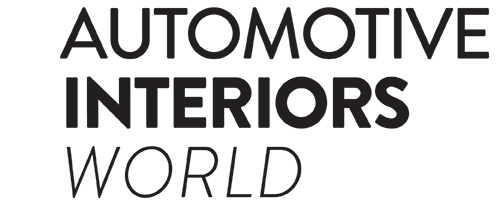Shasank Nagavarapu, senior human-centered designer at Lextant, USA, will give a presentation titled Safe self-driving cars: Level 4 and dynamic vehicle-driver transitions at The Future of Automotive Interiors Conference, taking place in Novi, Michigan.
Tell us about your presentation.
Level 4 autonomous driving is around the corner, with our vehicles safely driving for us within an operational domain. But what happens when the driver has to take over? Is it a stop-then-go transition? Imagine dozens of cars pulling to the side of the freeway at off-ramps, waiting for their drivers to take control! Can we avoid that by designing a dynamic transition? How can the vehicle’s interior be designed for the driver to safely take over while the vehicle stays in motion? This talk will discuss how a vehicle interior can enable safe vehicle-driver transition of control.
How will the transition between driver and car control work while in motion? Who will instigate the takeover, and in what circumstances?
Broadly speaking, there are two types of transitions: planned and unplanned. A planned transition typically occurs when the vehicle is nearing the end of its Level 4 Operational Design Domain (ODD). An unplanned transition may involve unexpected circumstances in which the Level 4 autonomy can no longer be relied on for safe vehicle operation. In either situation, successful transition will require the vehicle to alert the driver and help build the necessary situational awareness for a safe takeover. The driver will require sufficient time for a seamless transition, which will include having the right type of alerts, information and control, all at the right points in time.
Scenario 1: Planned departure of ODD:
Vehicle in AV mode nears the intended freeway exit. Driver must take over full or partial control of the vehicle. Transition must occur on the freeway, prior to exit, and would ideally be initiated by the vehicle but could be triggered by the driver as well.
Scenario 2: Unplanned departure based on unexpected circumstance:
Unexpected snowstorm renders Level 4 autonomy unsafe. Driver must take over operation of the vehicle to compensate for system-level limitations. Transition should be initiated by the vehicle based on its assessment of road conditions. However, the driver may initiate takeover based on experience and trust of the system capabilities. Again, the driver must be sufficiently aware of the situation for safe takeover.
How can the design of the car’s interior facilitate the takeover while in motion?
To facilitate a safe and seamless driver-vehicle or vehicle-driver transition, the interior design has to provide the driver with the right alerts, information and controls at the right time. The driver needs to maintain thorough situational awareness when they need to be in control, and trust the vehicle enough to let go of control when in an automated state.
At Lextant, we draw on years of human factors and UX design research to identify the right strategy for interior design. Our starting point is psychology and understanding the desired driver experience. Advances in vehicle interior, HMI and advanced technologies like augmented reality then help deliver the strategy.
For example, technologies, such as reclining driver’s seats and retractable steering wheels can help indicate when a vehicle is in control and when the driver needs to take over. A transition might start with an alert, the seat could then move back into driving position and, once there, a head-up display with augmented reality could present information about vehicle essentials like speed and direction of travel. Augmented reality could also be used to help educate the driver about vehicles in blind spots or other risks. After this steady and thorough process of hand-off, the driver would potentially have to ‘confirm’ that they’re ready to take over. This could be as simple as slotting the gear shift from ‘A’ to ‘D’. The key is to think through every step to deliver on the ultimate goal of building trust in the autonomous driving experience.
Will there be any differences in the car-to-driver switch compared with the driver-to-car switch?
The needs involved in any transition should always dictate the design strategy. The driver-to-car switch will require the vehicle to convince the driver to let go of control and trust the vehicle’s automation. The car-to-driver switch will require the vehicle to encourage someone focused on a non-driving task to take full control of the vehicle and regain situational awareness.
One can envision differences in how the vehicle’s interior will facilitate these two transitions. For instance, the order in which information and alerts are presented might change.



